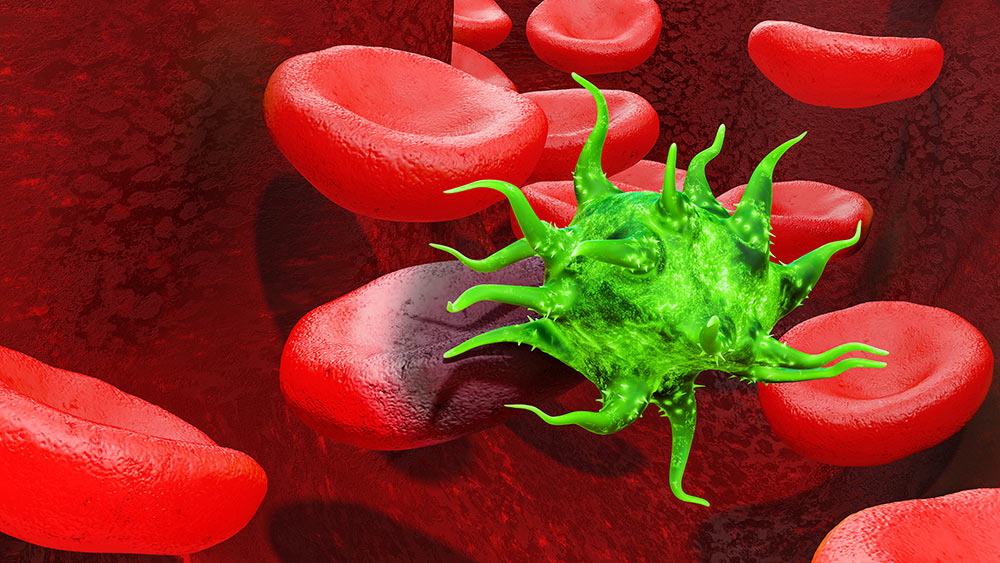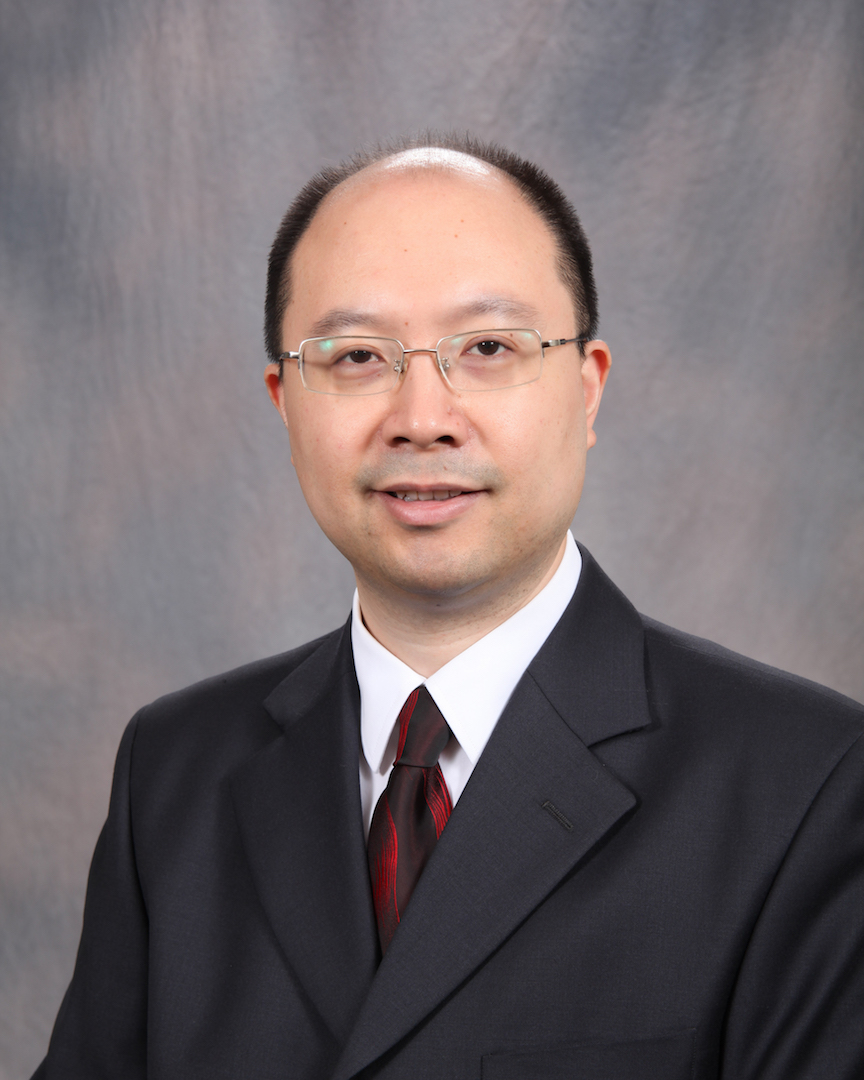
Despite advances in early detection and treatment, 25 percent of the deaths in the United States occur as a result of cancer.
Antibody-drug conjugates, or ADCs, represent a promising treatment for cancer. An ADC is, as its name suggests, an antibody linked to a potent drug that can kill cells. The antibody is designed to bind to receptors on the outside of target cells and then carries the attached drug into the cell.
ADCs usually work well when the antibody attaches to receptors that are especially common on tumor cells. That way, the drug will primarily enter the cancerous cells, leaving the healthy cells alone.
However, despite improvements in ADC technology over the past 15 years or so, many ADCs have faced problems with toxicity towards normal tissue during their use in clinical trials. This prompted Texas A&M College of Medicine and College of Engineering researchers to collaborate to engineer an ADC that will be more effective against tumor cells while not being as toxic to healthy cells. Their work, which has been funded by the Cancer Prevention and Research Institute of Texas(CPRIT) and the National Institutes of Health, was published in the journal Nature Biotechnology.
“There is such a thing as a therapeutic window,” said Dr. E. Sally Ward, research professor at the College of Medicine and joint corresponding author of the paper with Dr. Raimund Ober. “This is the difference between the amount of drug that is needed to kill the tumor cells and the amount that results in off-target toxicity towards normal cells. For effective ADCs, we want this window to be as large as possible.”
To accomplish that, Ward and her team created an ADC that is sensitive to pH levels so that it separates from its target receptor after it enters the cell. This allows for the reloading of the receptor with additional ADC and more effective delivery of the drug to target cells.

Dr. Yang Shen, assistant professor, and Mostafa Karimi, his Ph.D. student in the electrical and computer engineering department and corresponding authors, are developing computational methods for modeling biological molecules, networks and data. In response to the challenges in modeling pH-dependent protein interactions, they expanded a multi-state protein design algorithm to model ADC-engineering effects.
“The computational study reported in the paper, reflecting the first stage of our collaboration, was mainly on reverse engineering pH-selective ADCs, in other words, generating mechanistic hypotheses and designing experiments to test the hypotheses,” Shen said. “What we have been working on since then is to translate the learned molecular mechanisms into rational design principles and forward engineer even more powerful ADCs.”
“This truly was an interdisciplinary project,” Ward said. “It has involved (bio)engineers and biologists using a combination of antibody engineering, microscopy, molecular modeling and studies in preclinical cancer models.”
“In our collaboration, experiments and models have been feeding each other iteratively while making scientific discoveries,” Shen said. “I am truly blessed and deeply thankful for the impactful interdisciplinary collaboration with Drs. Ward and Ober.”
The researchers have tested their ADC on both cell lines and in preclinical models. “In our models, there was three-fold more drug delivery than with the parent ADC that had not been engineered,” Ward said. “That means that we could use lower doses and still obtain therapeutic effects, which is expected to result in reductions in the toxicity towards normal cells.”
The ADC used in this study targets the receptor HER2, commonly present in breast cancers. Importantly, this approach to generate ADCs is a platform technology that is expected to work for many different types of tumors and tumor markers, from prostate cancer to cancers of the blood. “We hope this will be able to move into clinical trials and eventually help people with many different types of cancer,” Ward said.
The other authors of the study are Jeffrey C. Kang, who at the time of the research was a Ph.D. student, Department of Molecular and Cellular Medicine; Wei Sun, Ph.D., postdoctoral research associate, Department of Molecular and Cellular Medicine; Priyanka Khare, Ph.D., postdoctoral research associate, Department of Molecular and Cellular Medicine; and Xiaoli Wang, Ph.D., postdoctoral research associate, Department of Molecular and Cellular Medicine.